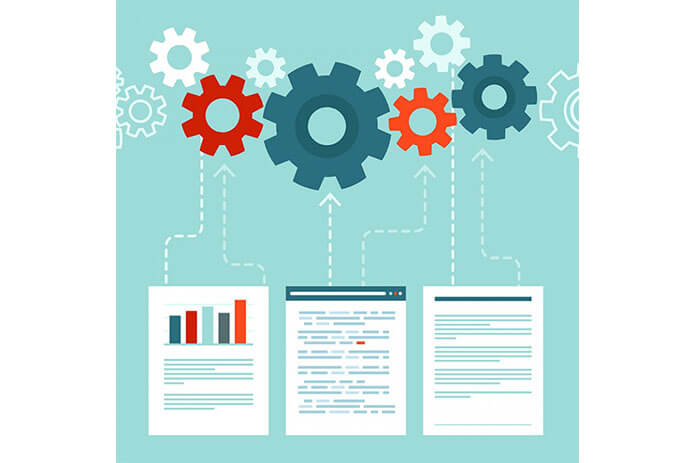Each day, with every customer transaction, employee task and business process, companies generate vast amounts of operational data that provides leaders and managers with insight into what is working well and what requires attention. Operational data is particularly important to those responsible for stewarding the information and technology assets of their organization.
In this context, operational data is particularly important to IT, which is why it is so critical to understand the three different types of operational data on which IT leaders rely: business operational data, IT operational data and their combination: Integrated Business-IT operational data. Together, this combined set of data provides insight into both the content and context of an IT organization’s activities – enabling IT leaders to have informed discussions with their business peers and make decisions about where to best invest organizational resources.
Business operational data is all about the business processes and user experiences, which IT enables with the technology and services it provides. The reason organizations invest in technology is to improve the productivity and effectiveness of business operations. Process and user-related data evaluated over time provides a contextual picture into how effectively the technology is achieving that goal. IT offers this data to business leaders in the form of information insights. With it, the decision makers who control the organization’s checkbook will better understand the value of technology to justify continued IT investment.
IT operational data is concerned with the content of “what” technology components are operating and being used. IT operational data is important as a part of the IT planning process to understand capacity utilization and determine where scalability constraints exist, as well as to understand the cost of services provided to users and to assess security and risk considerations of the business-technology ecosystem. Within IT service management processes, operational data is critical to ensure performance and availability Service Levels Agreements (SLAs) are honored, and to drive technology cost reduction through infrastructure optimization.
When the first two types of operational data – business and IT – are combined, they provide a set of powerful insights into the complex relationships that exist between the operations of the business and the technology on which those operations depend. Utilization of IT services and manual process performance data help leaders identify where additional automation investment may help the organization scale. IT cost data, in the context of the business processes, provides the inputs for the elusive ROI calculation on which both business and IT leaders depend to make investment trade-off decisions. Increases in business transactional data volume, combined with IT capacity enablement trends reinforce the business case for technology upgrades or expansions.
Operational data provides IT with the critical picture it needs to understand and optimize the role it plays in the context of the company, and identifies where opportunities and risks exist that require attention. For IT (and business) organizations to receive the most value from their operational data assets, they must trust the data’s reliability and quality.
Data integrity, correlation and validation tools from Blazent can help your organization integrate operational data from a variety of systems, so your leaders and decision makers can trust the dependability of the information. You can learn more about how Blazent improves data integrity in the white paper on Data Powered IT Service Management here. For additional information, please visit our resource page here, or contact us directly at info@blazent.com.
